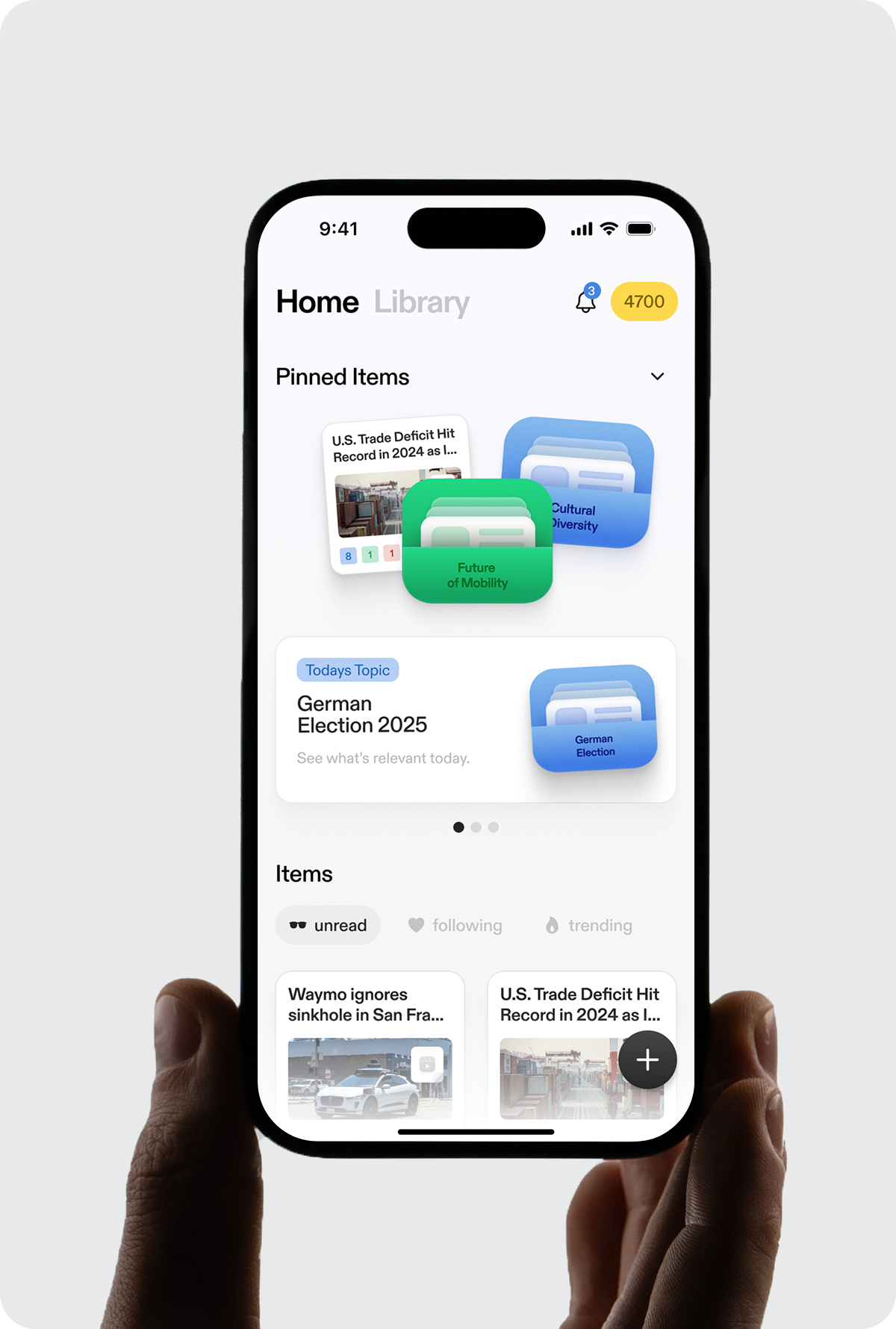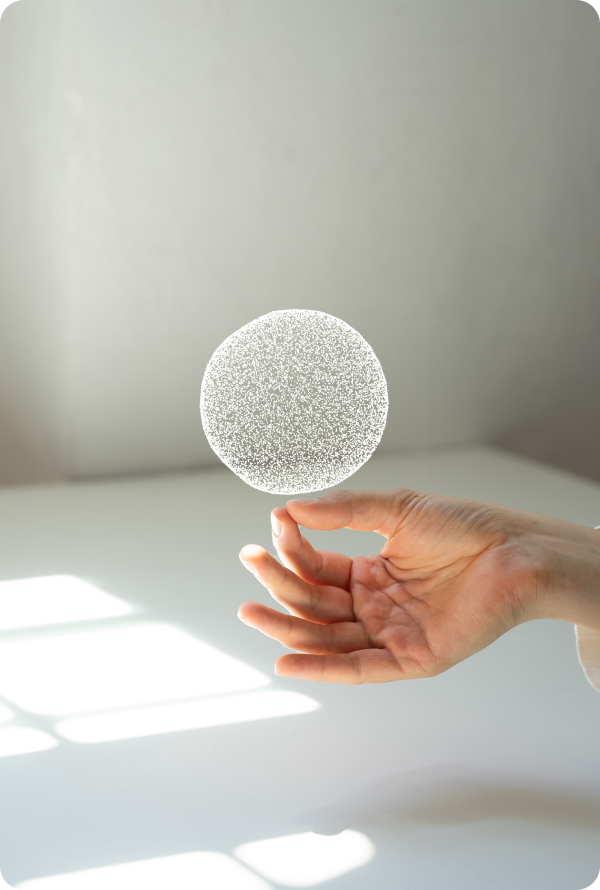LYS - interactions shaped around you
Lys is an intelligent home system that learns from your routines and behaviors, creating personal interactions with everyday objects. To control these interactions, we’ve created Pilot—a product that serves as both an interface and a transparent layer into Lys processes.
“Modern homes and their embedded technologies have been
built with a focus on interactions that are functional over
ones that feel natural.”
(Timi Oyedeji, Prototyper/ Designer at Apple, former
interaction Designer at Google ATAP)
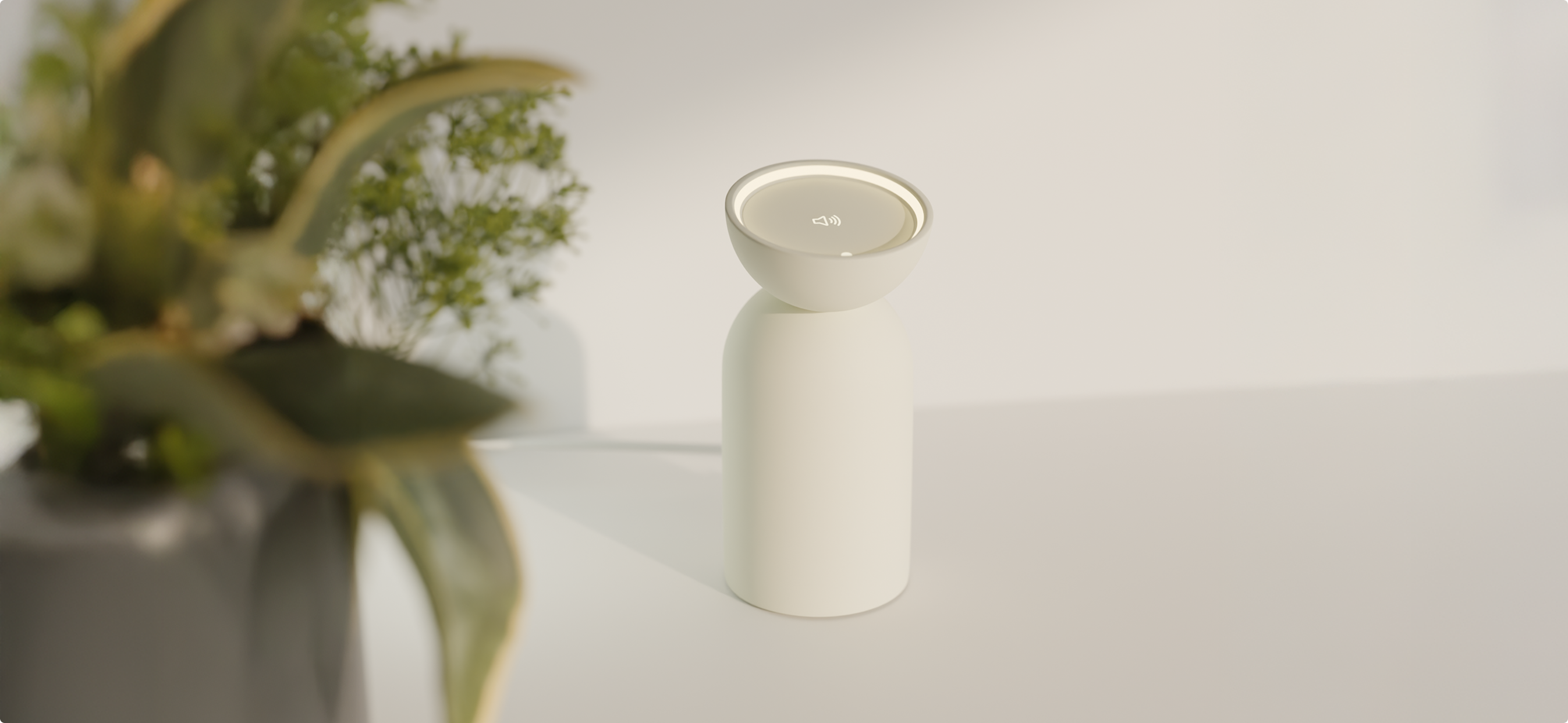
Technical Interactions need more context to feel natural
Interactions with technical devices are often purely functional. A light switch on the wall or the volume control on the jukebox - these interactions fulfill a clear, simple task. The solution for more convenient interaction is smart home devices. However, using them also increasingly feels like interacting with technical “partners”. There are long set-up processes, apps with countless functions, and yet the result is just a simple “if-else” scenario that lacks flexibility and a real understanding of the context. Communication between people, on the other hand, is intuitive and two-way. Shaped by context, emotions, habits and unspoken needs.
Lys learns routines and behaviours to shape interaction patterns
LYS continuously learns your routines and behaviors in everyday life and discovers interaction patterns between you and your everyday objects. For example, LYS could recognize that you always put your cell phone with the screen down when you don't want any notifications - and conclude from this that other devices such as washing machines or robot vacuum cleaners shouldn't disturb you either.
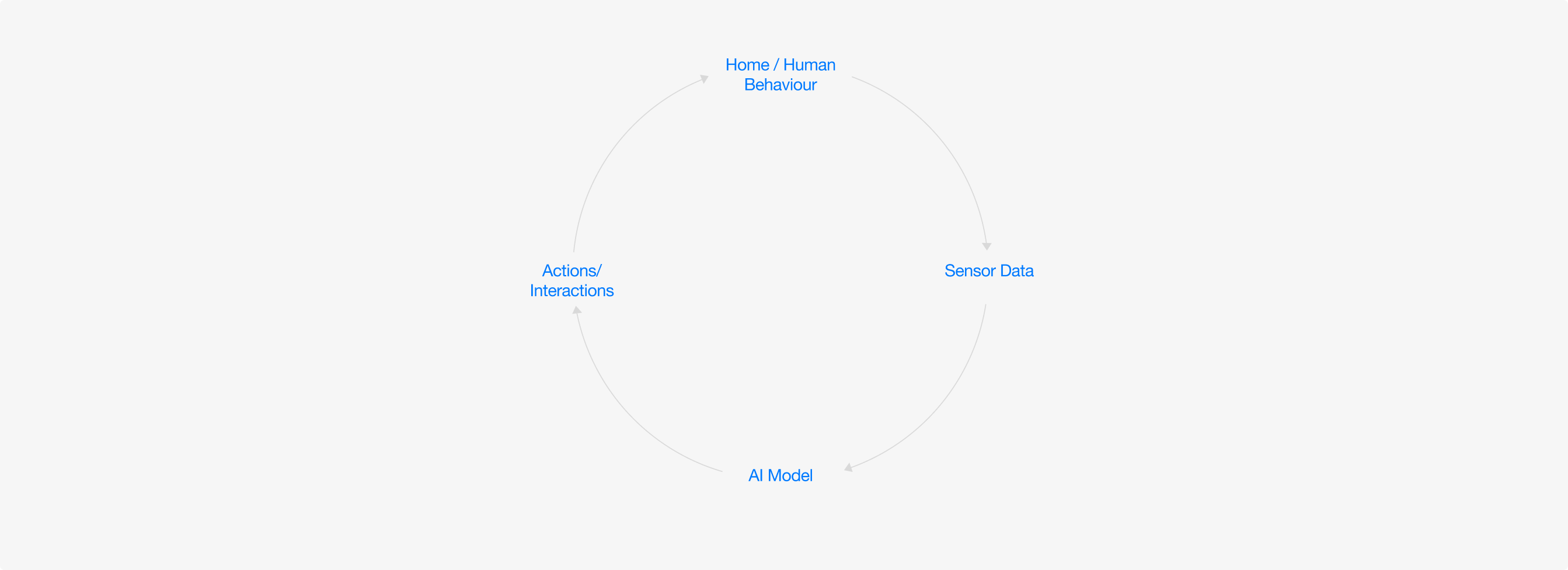
Pilot - Control behaviours
The heart of our project is Pilot - a product that visualizes these abstract processes. Here, the collected data can be stored locally, processes can be aborted if desired and simply observed. Our aim is to offer a simple, subtle product that does not create additional burdens, but works quietly in the background. As soon as LYS performs an interaction, the head tilts. To cancel the process, simply return it to the starting position. The same applies to a new suggestion: the head moves to the side and can be canceled by tilting it back or confirmed by pressing lightly in the direction of fall. Saved patterns appear as spheres that move and snap into place realistically. The current area is displayed via icons and text. If you want more details, you can connect Pilot to a second display via a direct, WLAN-free connection to analyze or delete patterns.
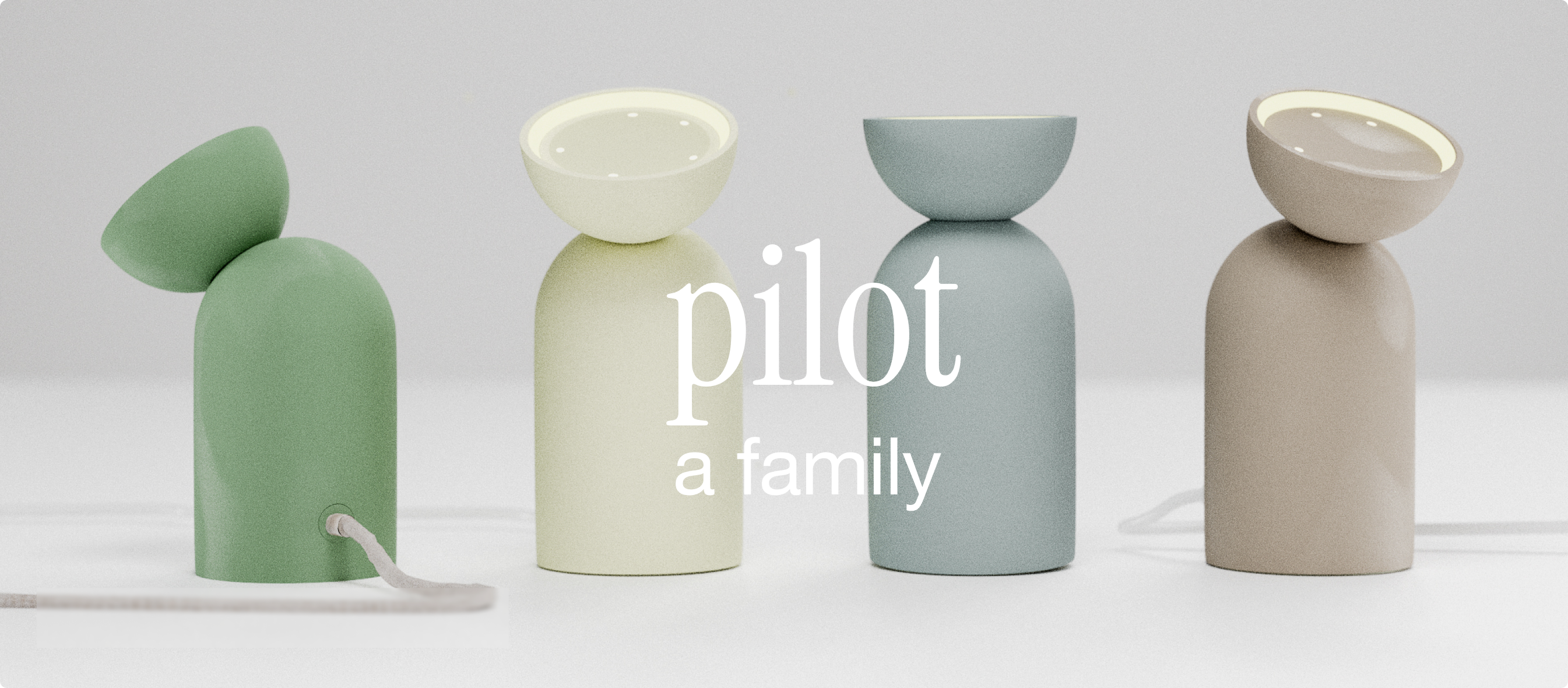
This is LYS
To present our concept, we created a video that shows the potential of LYS. How LYS can be used in everyday life and how interpreting the sensor data right can make human technology interactions feel so much more natural.
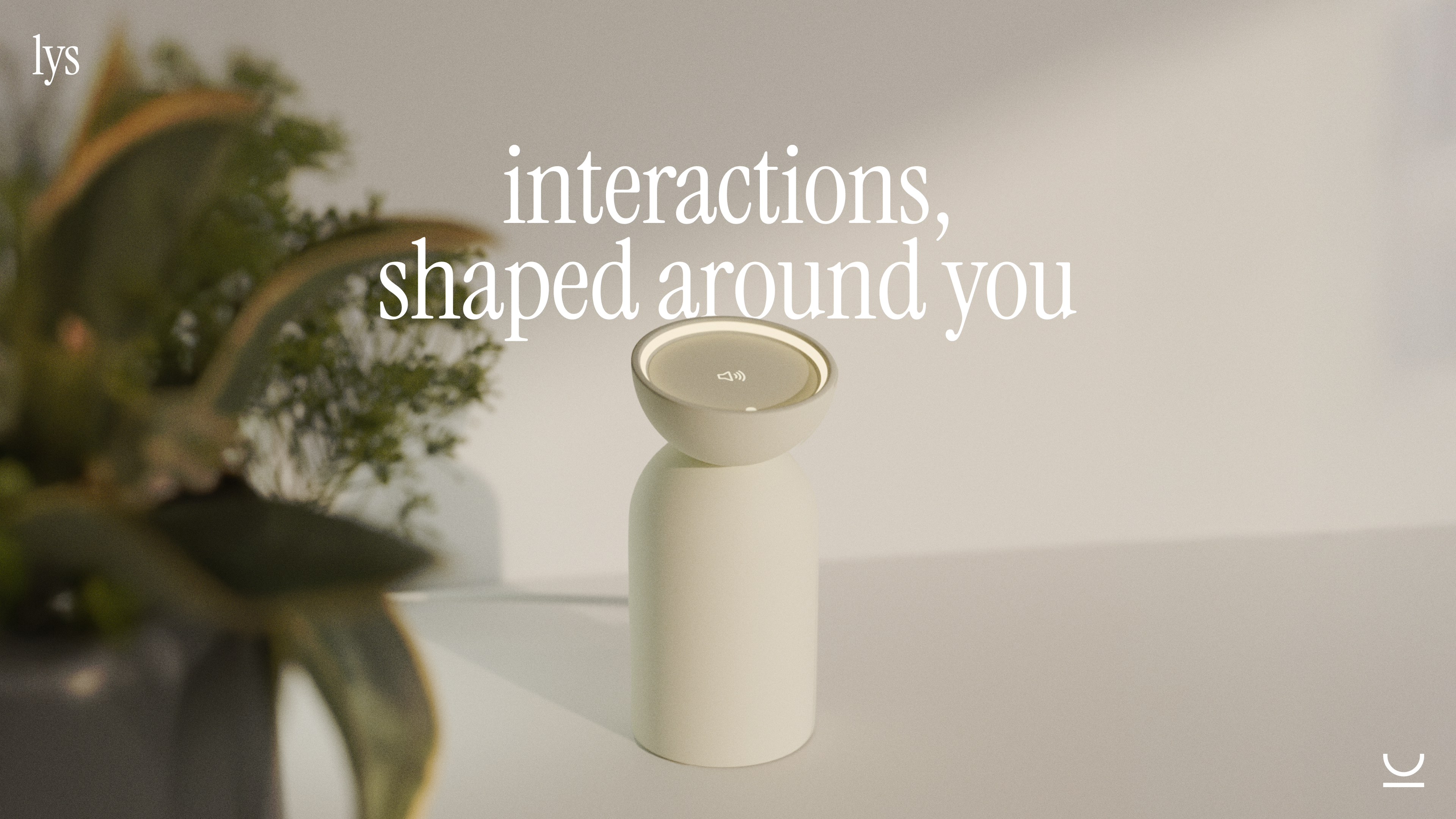
Interactive Prototype
To make our vision for LYS and Pilot tangible, we developed a prototype that is trained with our own AI model. If clapping or flicking is detected, it moves into an unstable position, which can then either be confirmed or canceled. Just as we imagine for the final product.
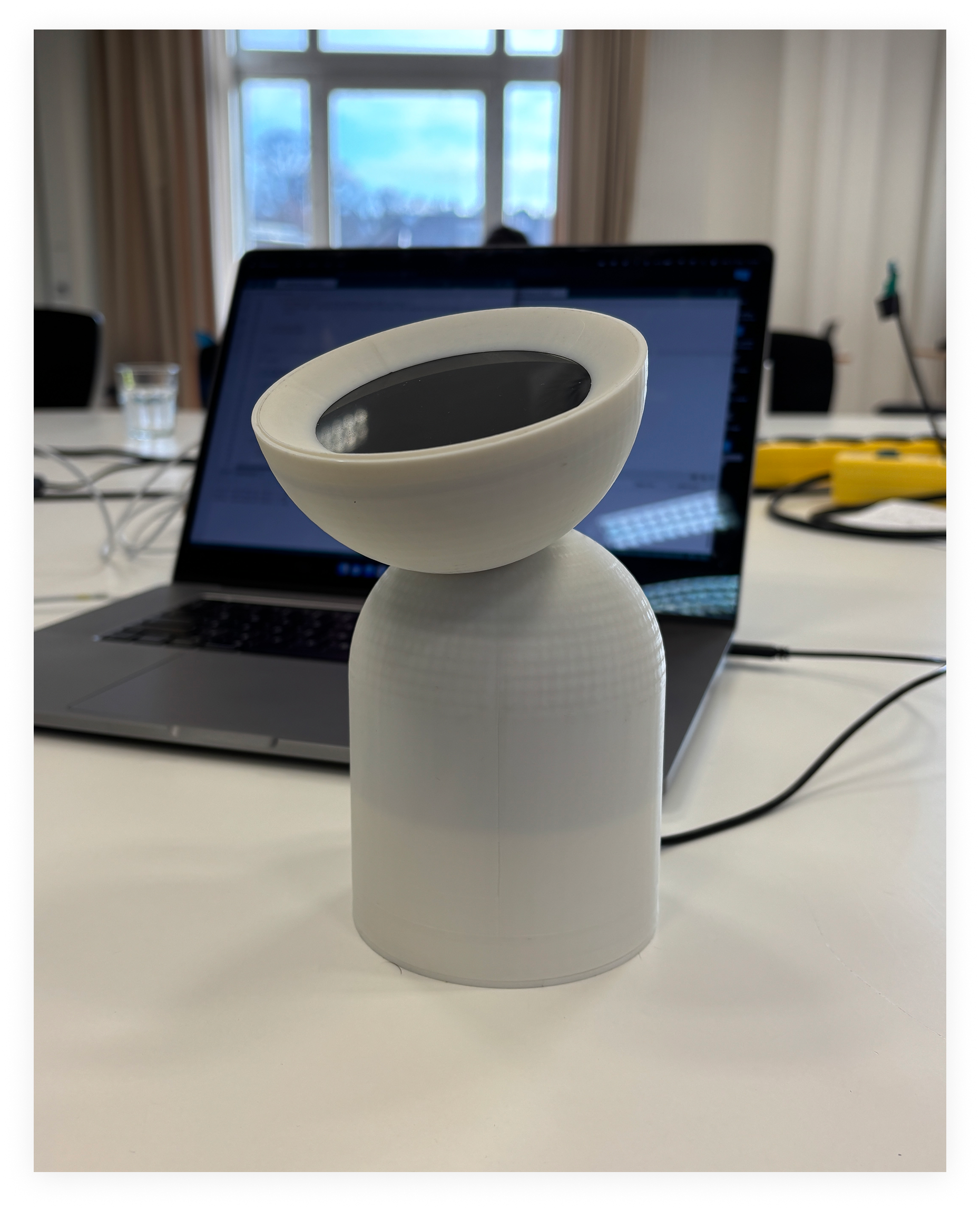
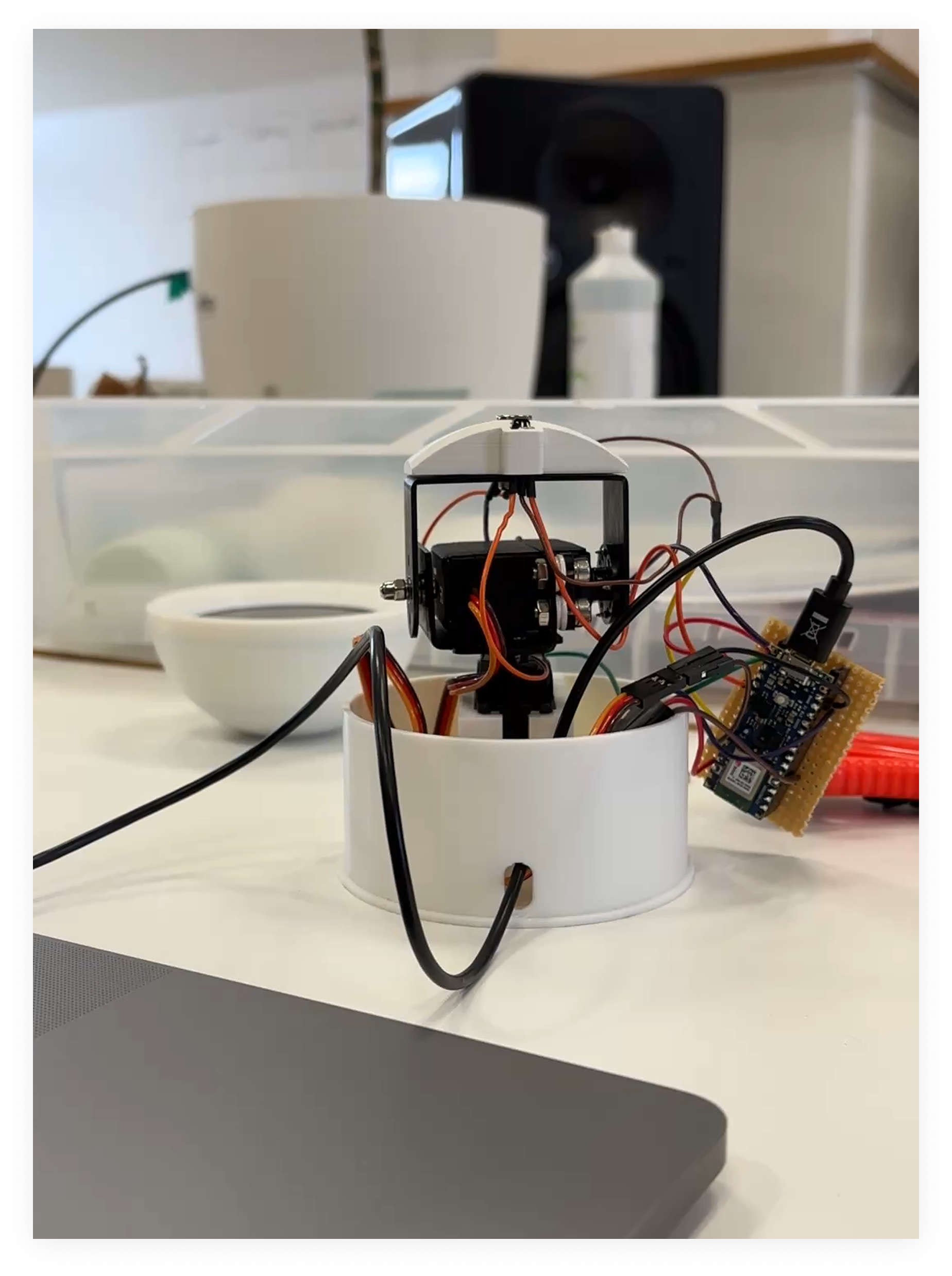
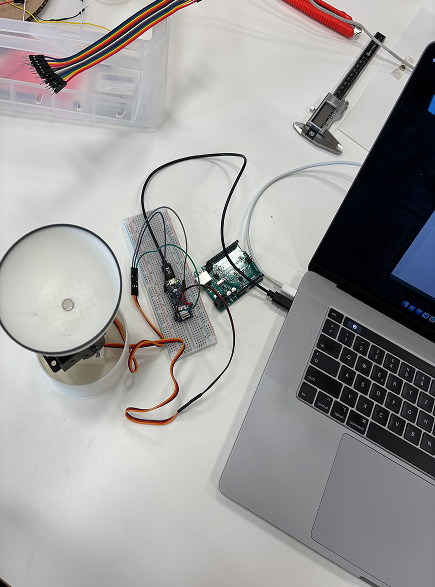
my role
concept, visual Design, video film and editing
duration
two months
teammates
© 2025 Tim Bluthardt
